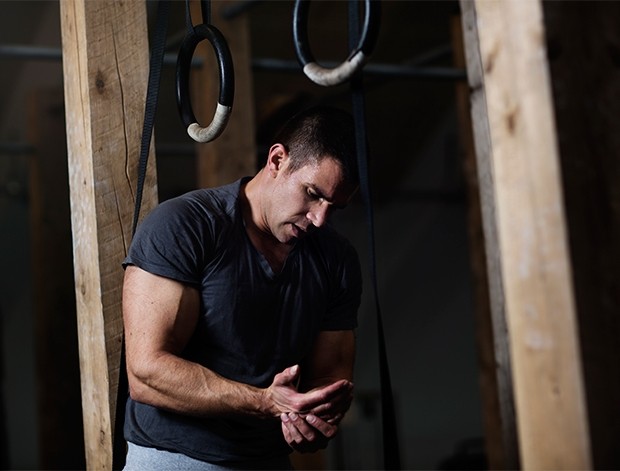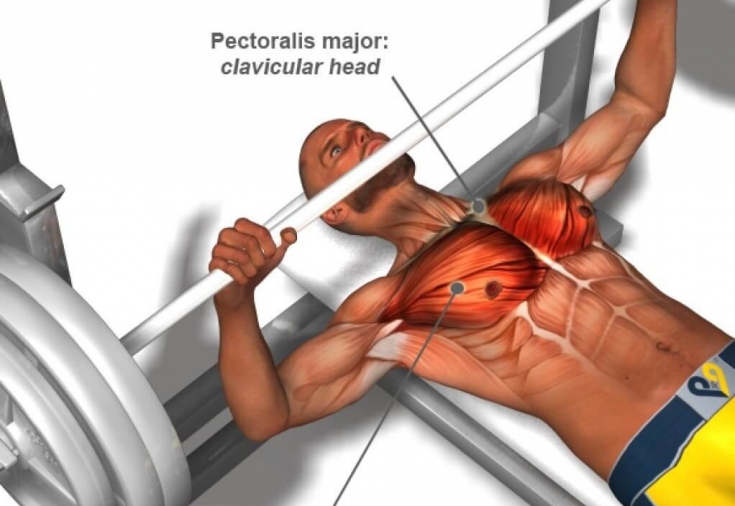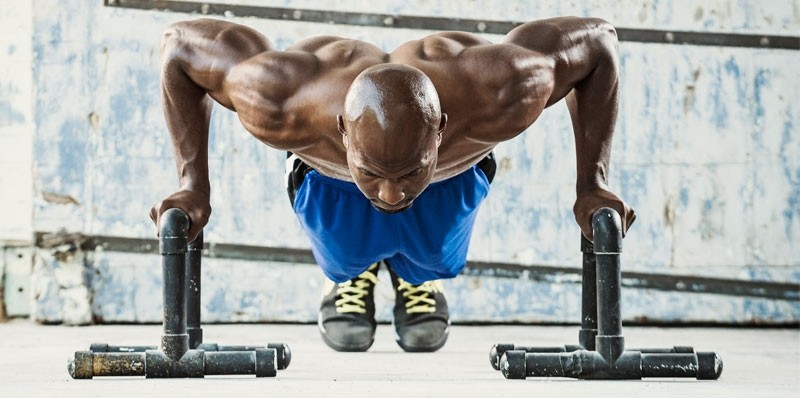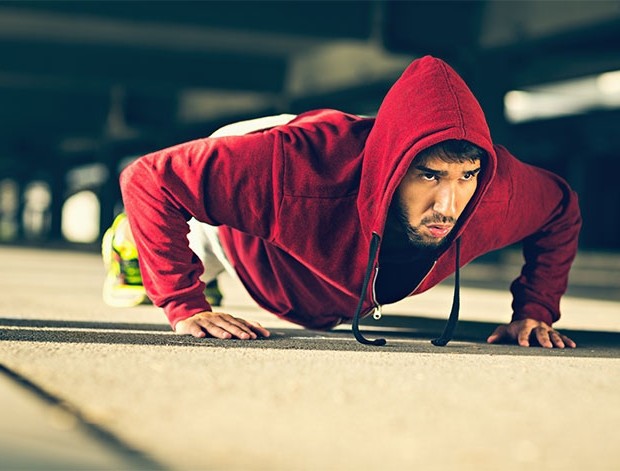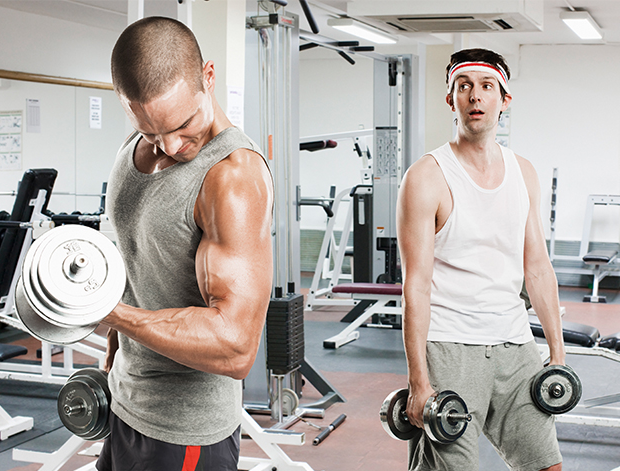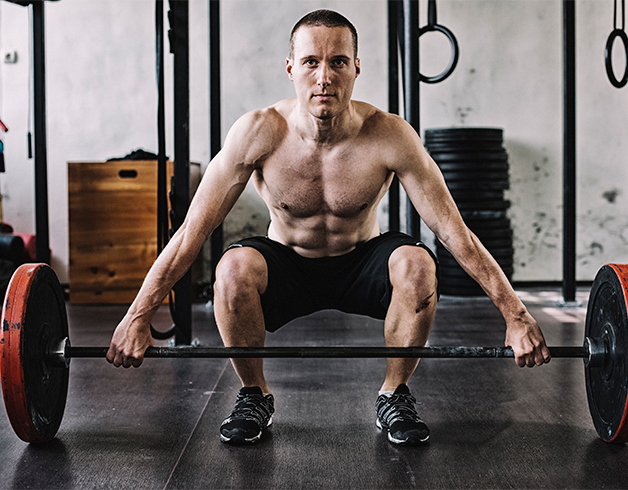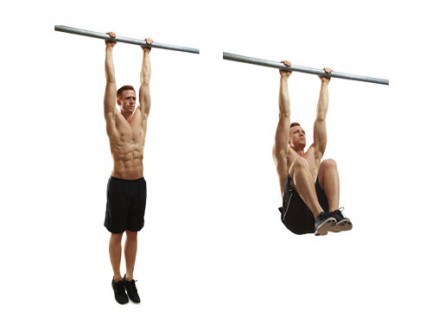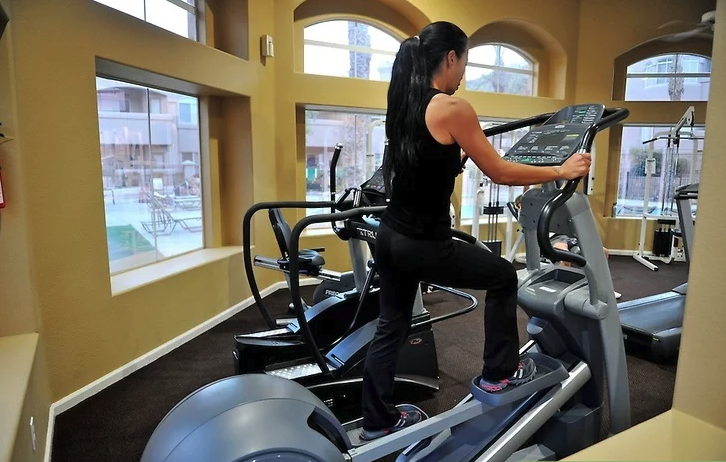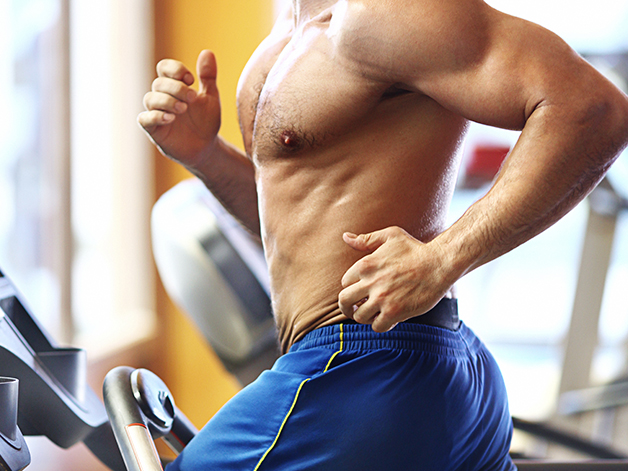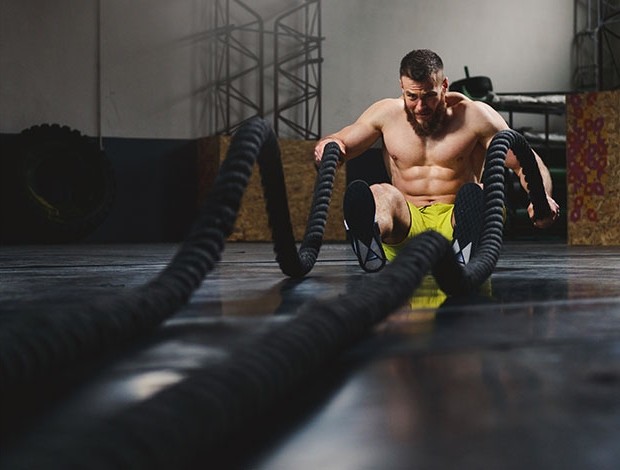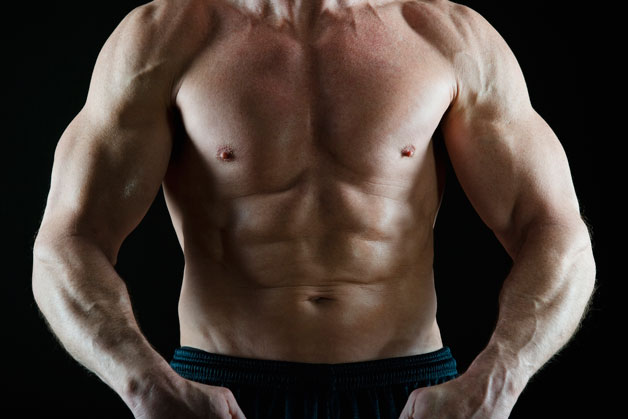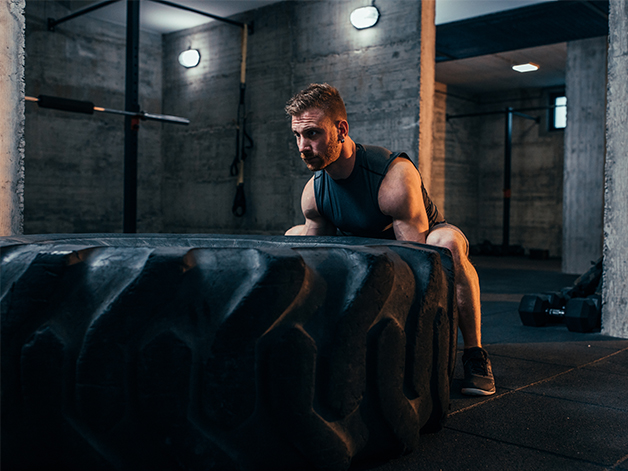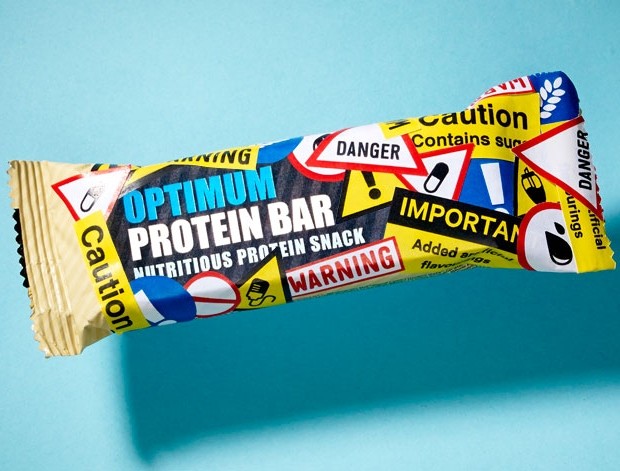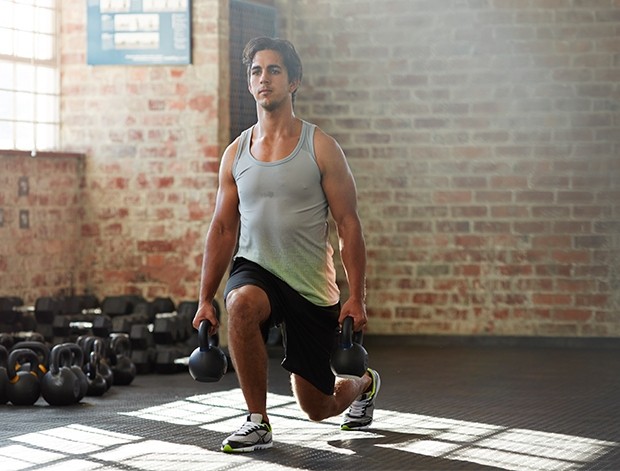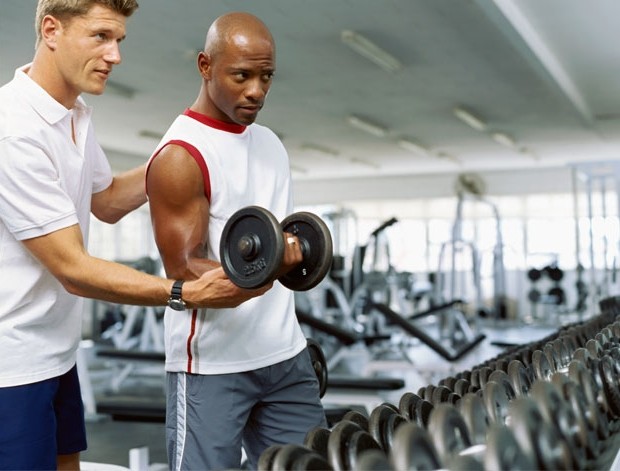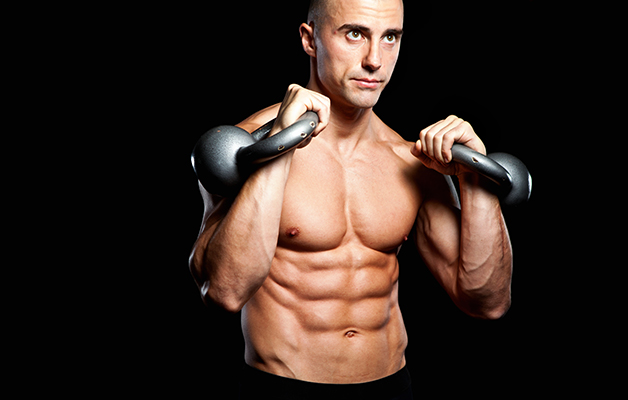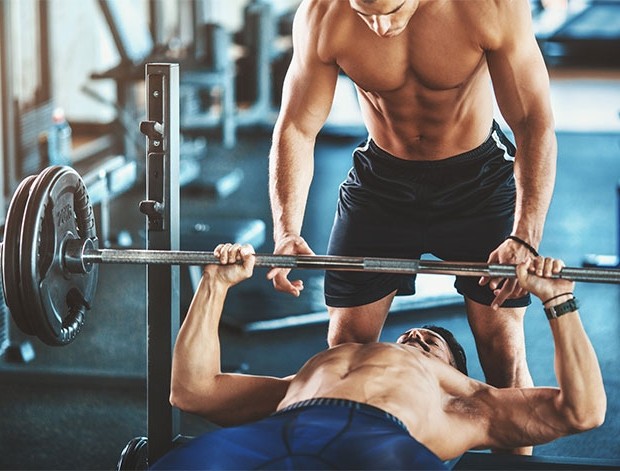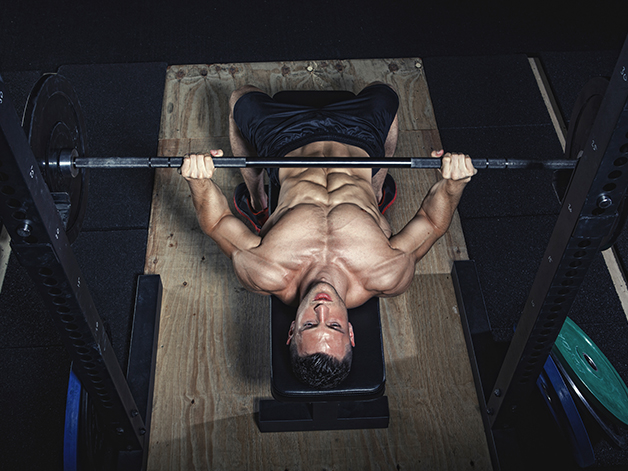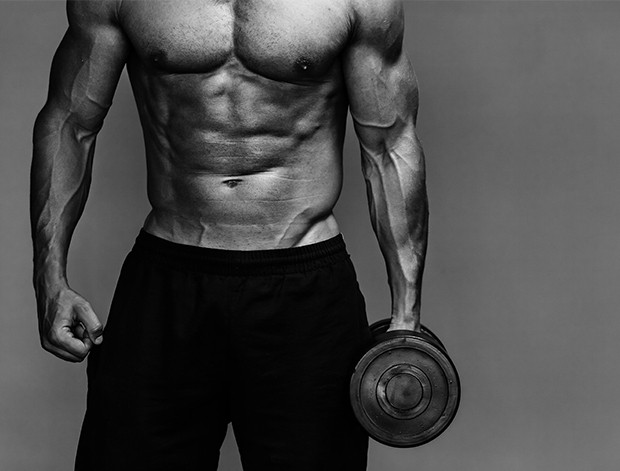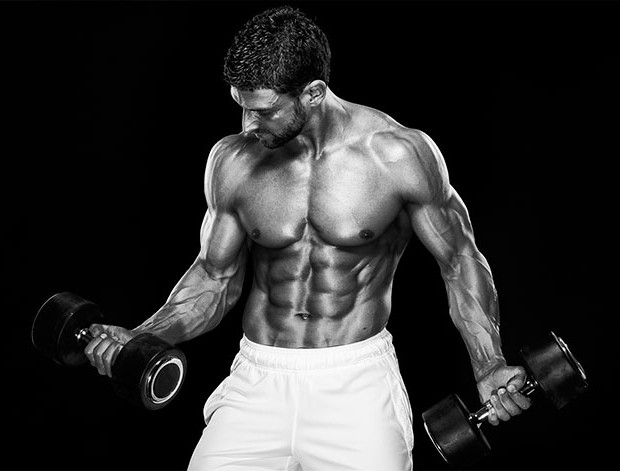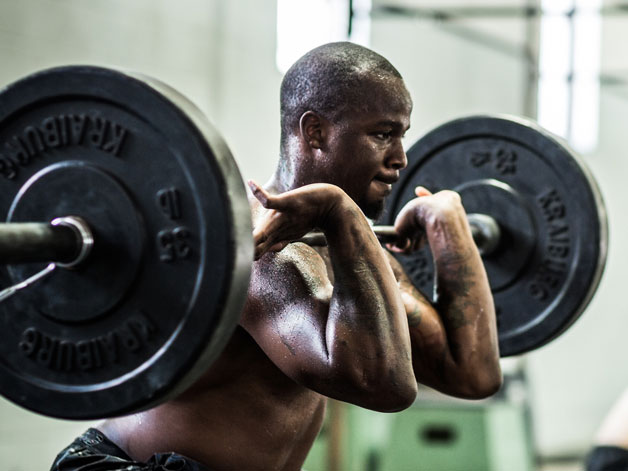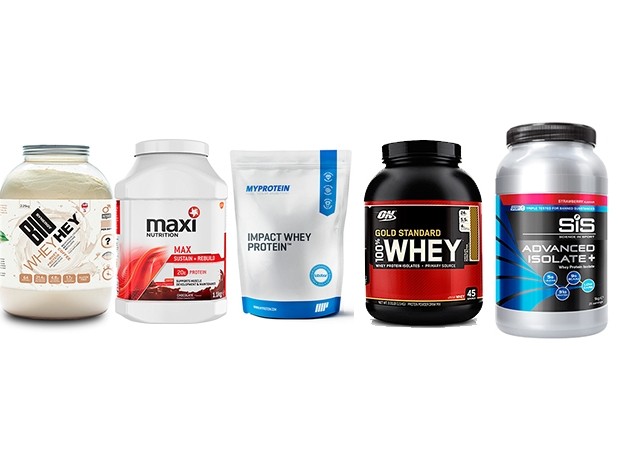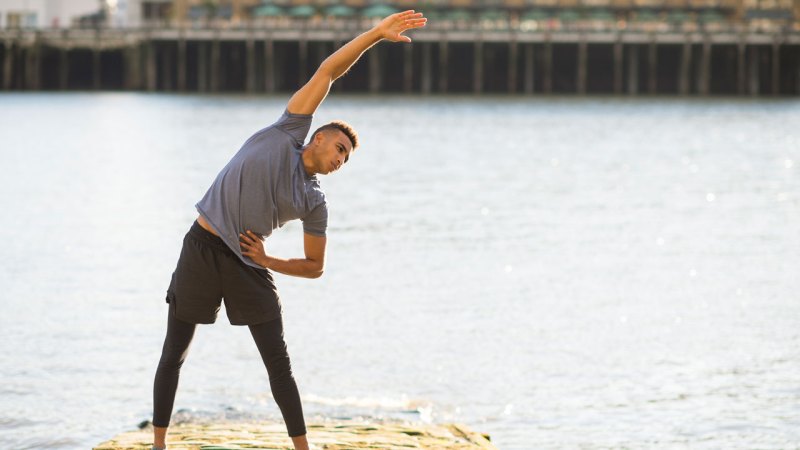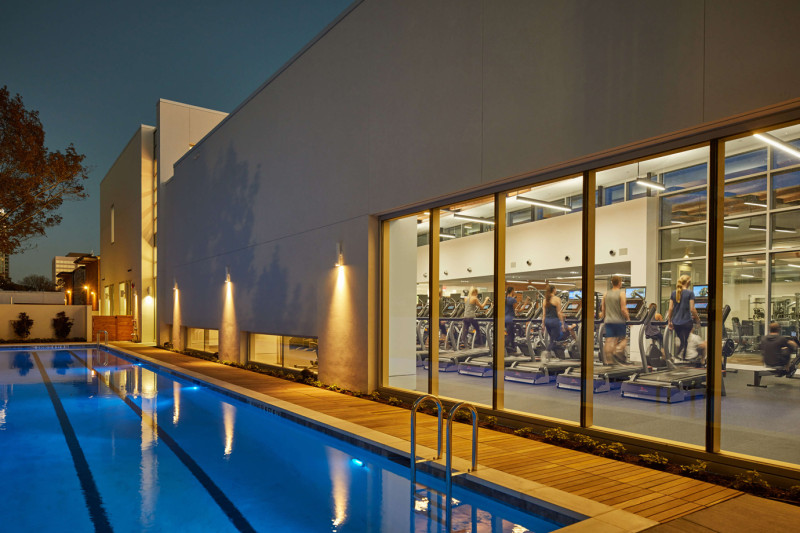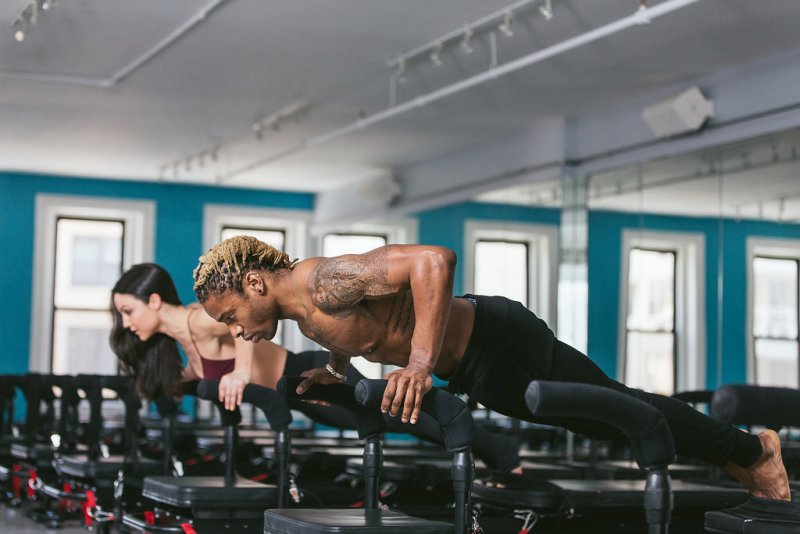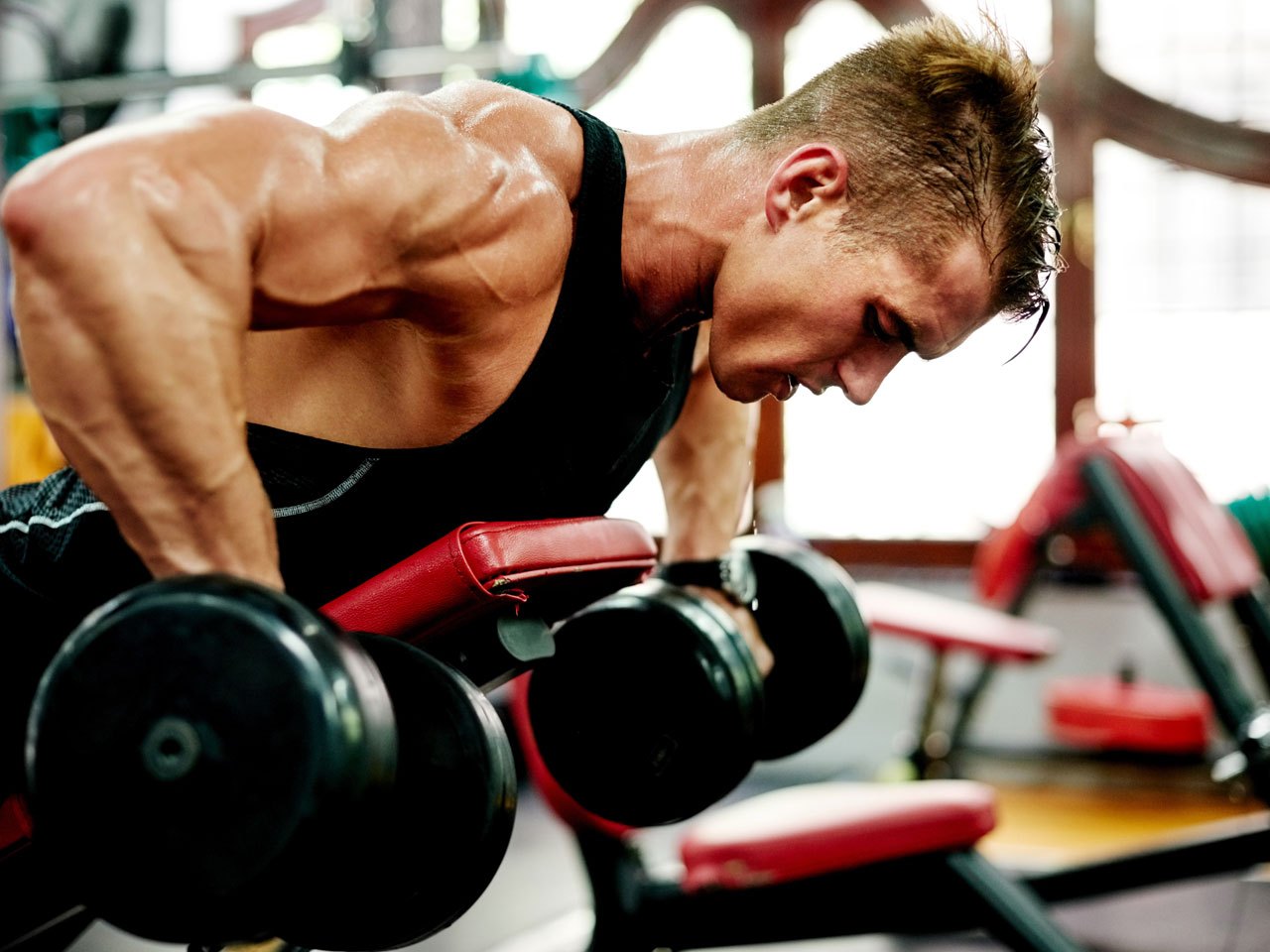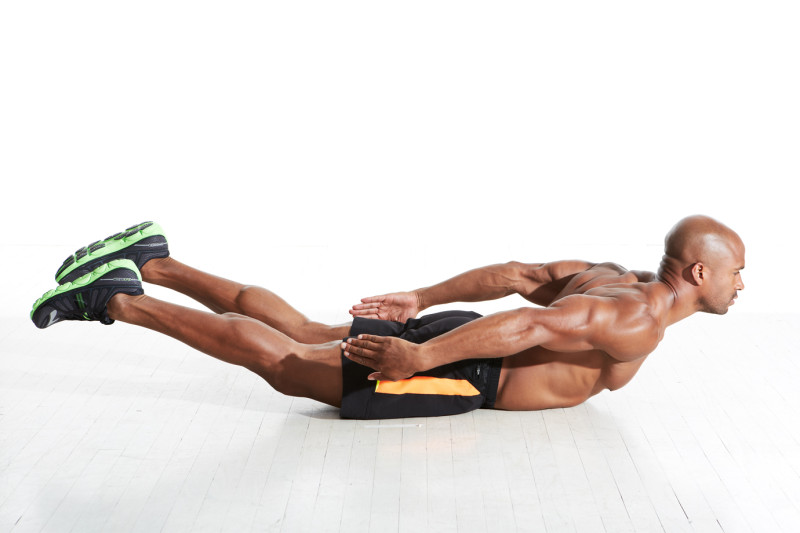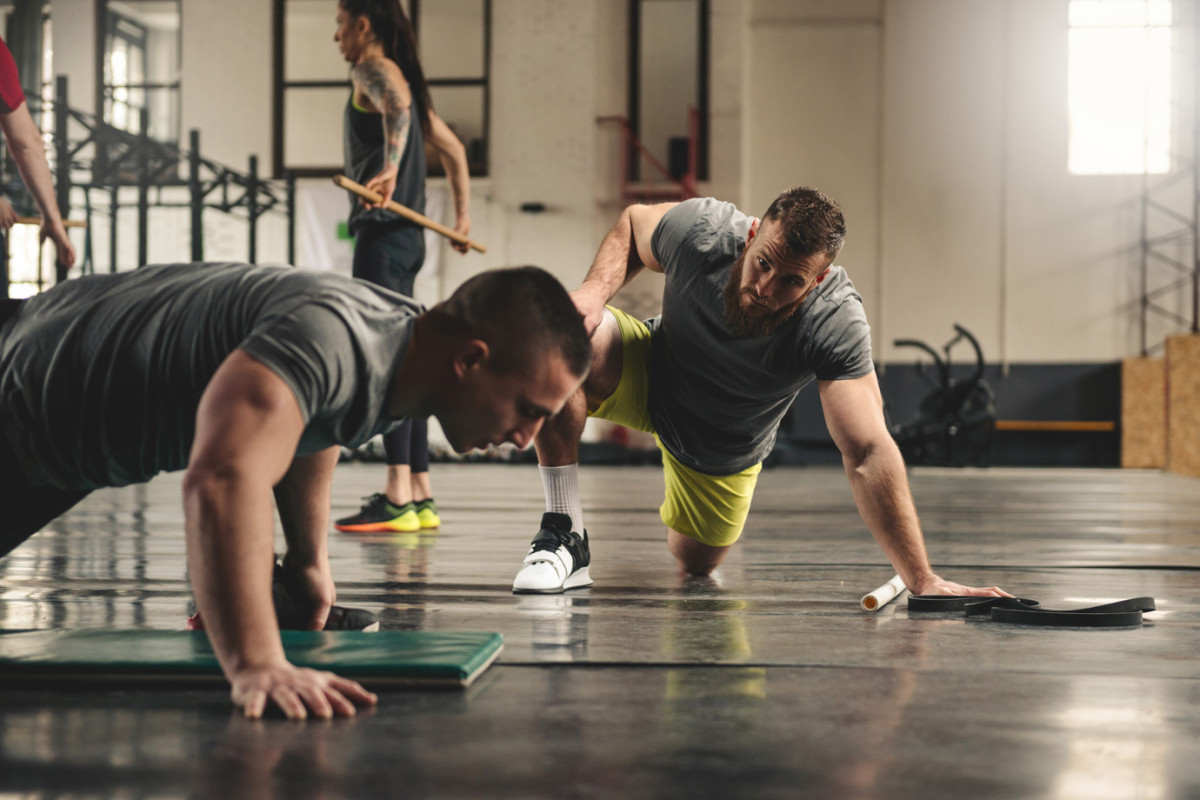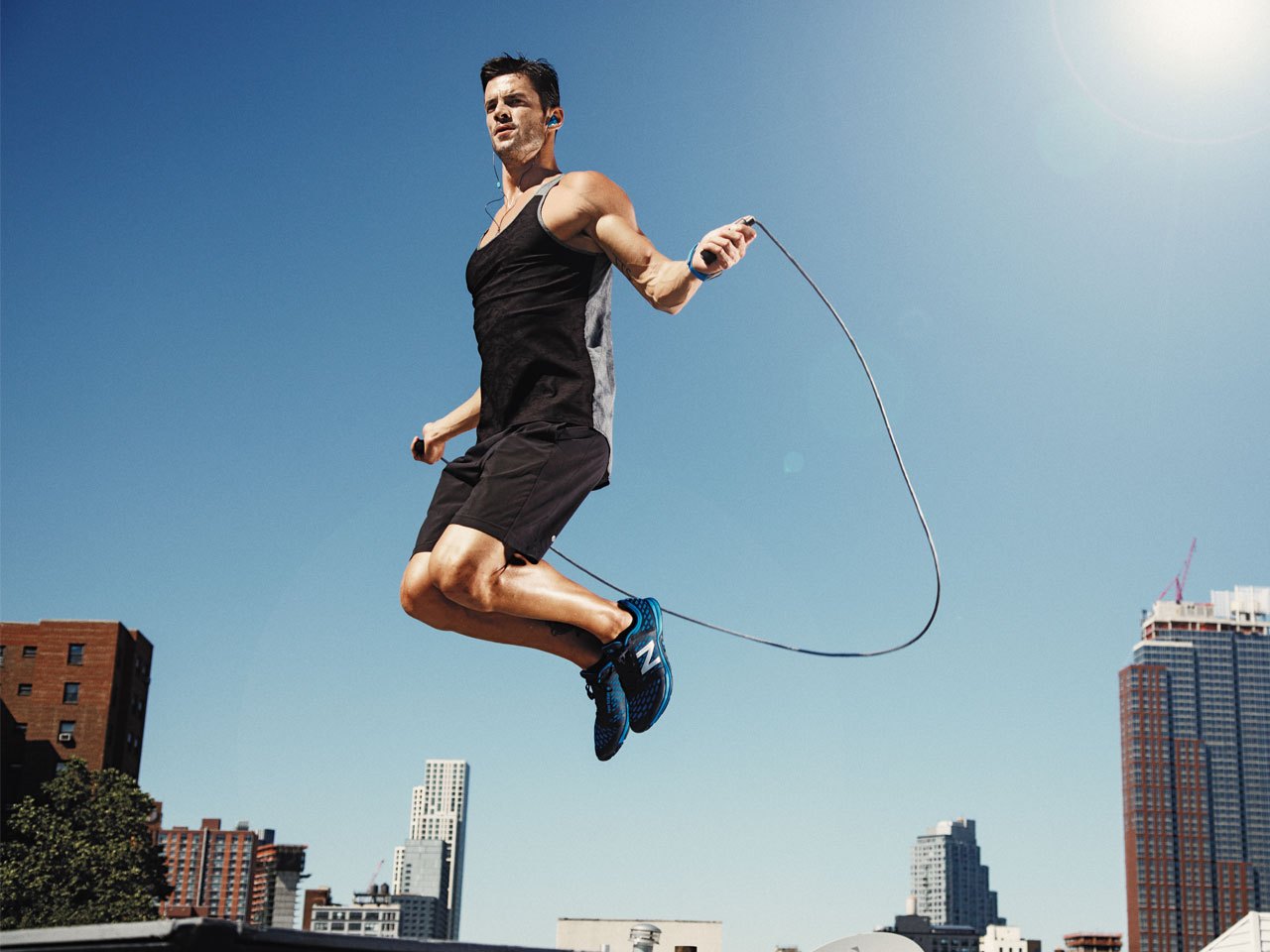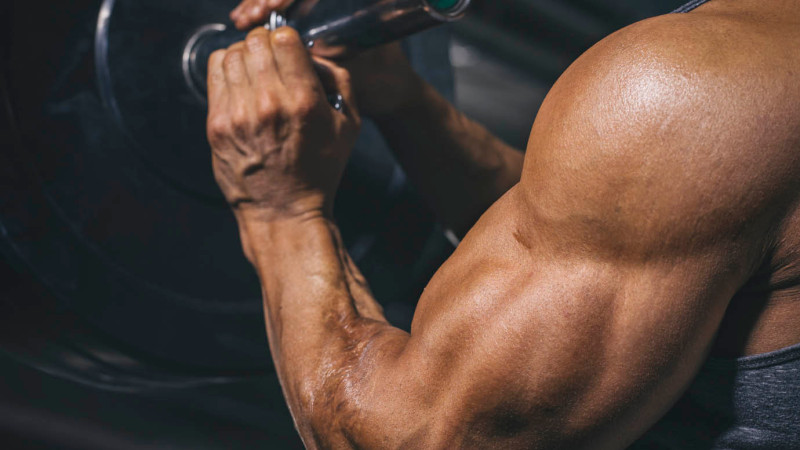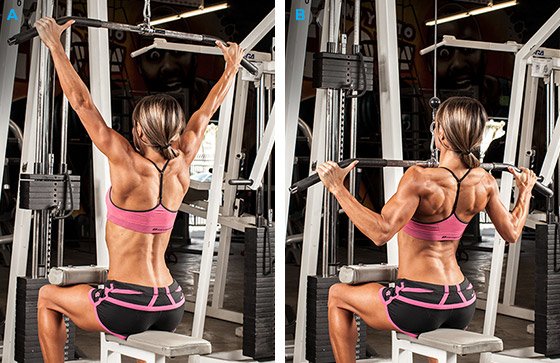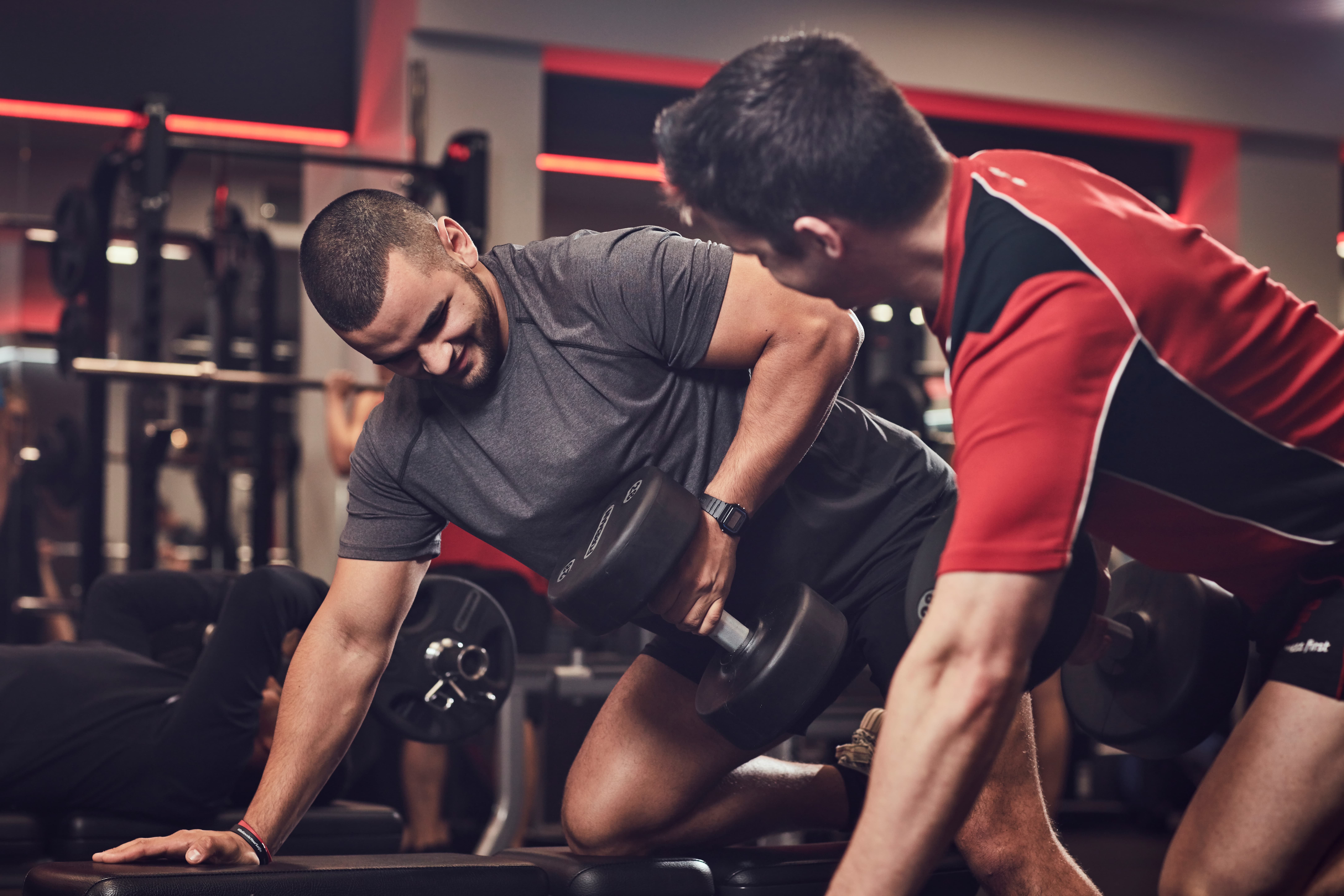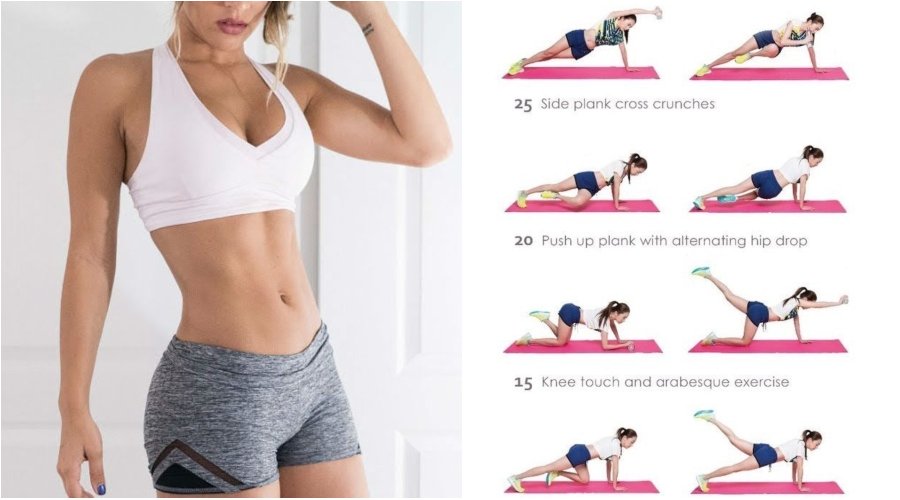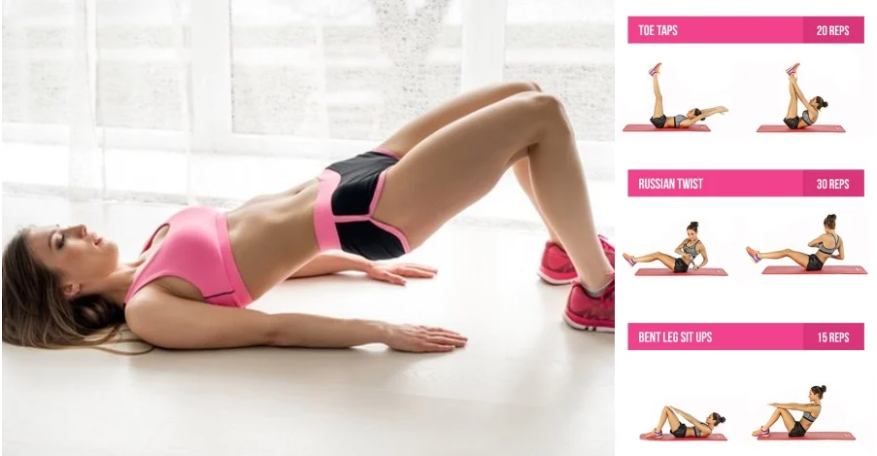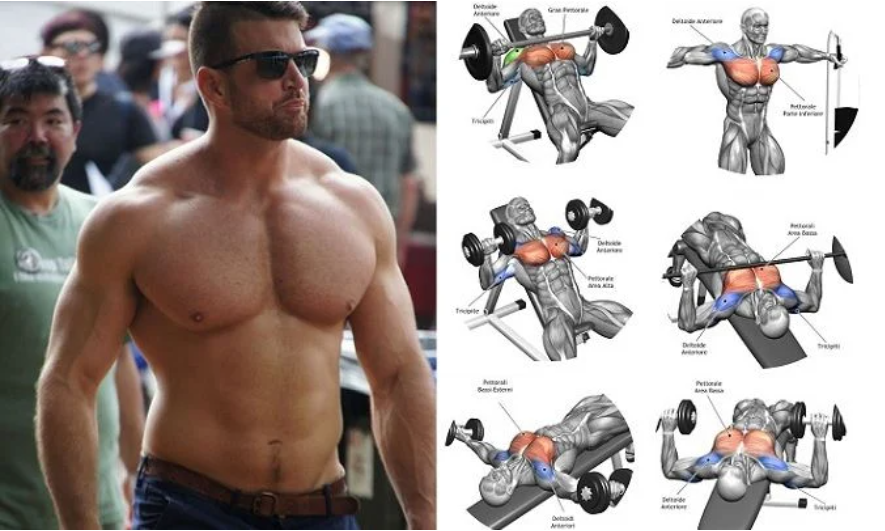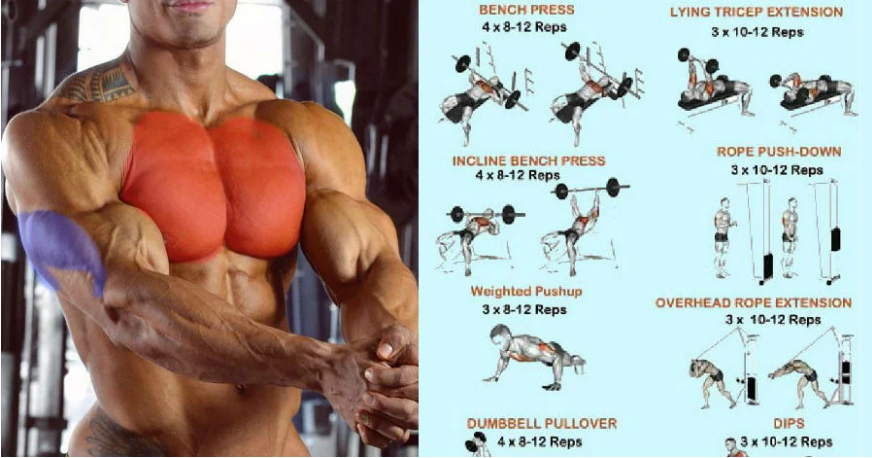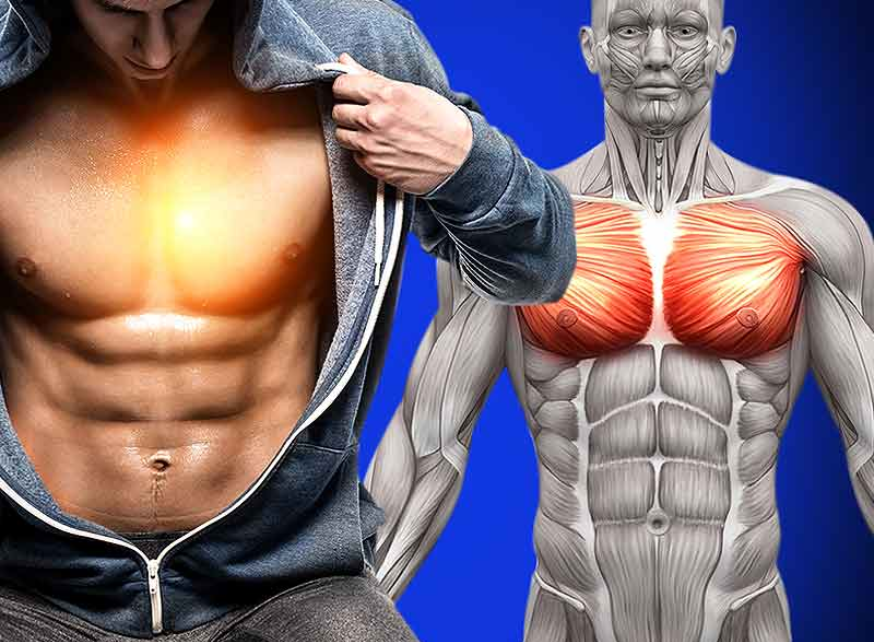We recently caught up with Sports physiotherapist Paul Martin, who throughout his career has worked with Olympic, Paralympic and World Champions in sports from athletics to squash. Over the next few weeks, Paul is going to be sharing some of his insider knowledge with us, which will include advice on everything from warming up, cooling down and injury treatment.
WHY SHOULD WE WARM UP FOR EXERCISE?
The main reason is to prepare the body for loading associated with the upcoming training session.
For example, in an explosive-based session (e.g., plyometrics), you’ll be heavily loading certain muscle groups. You will be asking them to shorten and lengthen at a high velocity.
If you start this process without adequate preparation of the tissue (nerves, muscles, tendons), then, for some of the session at least, these tissues will be working sub-optimally. On top of which, you are leaving them open to the risk of unwanted damage.
The aim of warming up is to bridge the gap between the level of activity you have been doing before arriving at the gym and what you will be asking your body to do in your session.
HOW SHOULD WE WARM UP FOR EXERCISE?
Firstly, what is the goal of your session?
How is your session constructed?
Which are the priority muscle groups you will be working during your session?
All these factors should drive your preparation for training.
If you are going to do a mainly cardiovascular session, then part of your warm-up should include some CV activity. After that, you might like to focus on the muscle groups you are most likely to use, and aim towards the type of activity they will be undertaking.
The aim is a progressive build towards matching the physical, physiological and biomechanical demands of the intended activity.
TO STRETCH, OR NOT TO STRETCH?
Stretching is advised as a diagnostic tool to inform preparation rather than a means of exercise preparation.
If, through a stretching process, you notice an area of tightness/tension in a muscle group, you may wish to spend a little time exercising that region to reduce tension.
As part of functional movement preparation (for the exercise you will be doing), you should stretch to obtain joint range. For example, to mobilise hip range of movement before running, lunge walking may be useful, with specific movements to gain range of movement in rotation.
In general, prolonged stretching has not been found to influence injury risk and has the potential to negatively influence physical activity.
An example of a warm-up for an endurance running session might be:
- Light jog/low impact cardio work (e.g., cross trainer, exercise bike)
- A light intensity, short-duration stretch or foam roll through major muscle groups to pick out specific areas of tension (calf, quads, hamstrings, hip flexors, gluteals, trunk rotation, lumbar extension)
- Low-load (i.e., body weight or reduced gravity affecting) work to prepare for session:
- Ankle and foot mobility work (e.g., foot circles with toes on ground)
- Bent-knee and straight-knee calf raises
- Hopping drills
- Hamstring activity (e.g., low-velocity heel flicks)
- Hip flexors (e.g., lunge into hip/knee drive, high-knee drill)
- Hip range of movement (e.g., deep lunge with hip and trunk rotation, barbed wire walk)
- Trunk rotation (e.g., lunge with slow twist to each side with arms to front, hands on opposite shoulders)
This list is by no means exhaustive. And it does not include much work around the upper trunk and shoulders, which you can incorporate.
Remember that the aim of any preparation session is to improve the dynamic mobility of the specific joints you will use during exercise, so that they are prepared for the use in-session.


